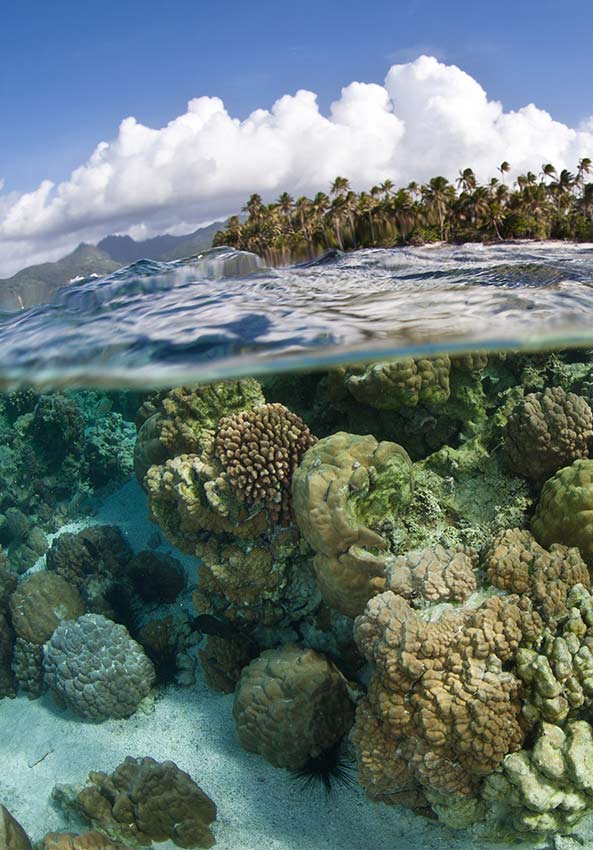It may not be your typical getaway. It has no white sand beaches or gin-clear waters that glisten under the sun. It has no swanky hotels or watering holes where you can sit idly and while away time. But if you have the adventurous soul of Brady Barr of NatGeo Wild or the fictional Crocodile Dundee, then Agusan del Sur is the place for you.
A landlocked province in northeastern Mindanao, it was shoved into the international limelight when the giant alligator “Lolong” was caught in the southern part of Agusan River in 2011. Measuring 6.17 meters and weighing 1,075 kilograms, he was authenticated by the Guinness Book of World Records as the longest of its kind. And in no time, people from all over the country went trooping to the sleepy town of Bunawan to see this wildlife sensation up close in a caged fence. He died in February 2013, and is undergoing taxidermy or animal preservation and will soon be back in his old pen.
But long before Lolong became a tourist icon, the province was already the toast of naturalists from all over the world with the Agusan Marsh and Wildlife Sanctuary, a protected area covering more than 14,000 hectares in the heart of the 250-kilometer Agusan River. The marsh was formally inscribed in the Swiss-based prestigious Ramsar List Wetlands of International Importance in 1999.
Habitat of the endangered
Spread out in several townships, it is perhaps the country’s most significant wetland which is the habitat to several endangered animals, such as the golden-crown flying fox, silvery kingfisher crocodile, and migratory birds from all over Southeast Asia. The endangered “dinata” a soft-shelled giant turtle and sailfin lizard are only some of 1,332 species of birds, 112 species of flowering plants and ferns, two crocodile species and 65 types of butterflies who find sanctuary in this lush marshland.

Within this vast expanse is the Lake Mambagongon Bird Sanctuary in La Paz town, which has recorded over 200 migratory birds from Northern Asia. Known for its diverse fauna, it has a woodpecker’s park located along the river channel. Visitors can observe nesting sites in bungyas trees, Javan pond herons perched on bangkal trees darting at water hyacinths to catch small fish and insects for food.

Lake Panlabuhan is a floodplain lake in Loreto town which is a swamp habitat for crocodiles and home of floating houses of indigenous Manobos, spread across sub-lakes and river channels. Manobos here still practice the ancient “panagtawag” ritual offered to celestial spirits to ensure protection of their visitors.
Adventure trail
Aside from the marsh, its 8,966-square kilometer land area is dense with natural wonders, making it a magnet for outdoor lovers.
The twin lakes of Ginhalinan and Tugno in Talacogon offers a magnificent view of the wetlands and freshwater life, and is ideal for boating and biodiversity research.
Lake Himbang in Talacogon is an alternative destination to Agusan Marsh, if you do not have the time for the whole nine yards, which take almost the whole day traversing. Cruise along the placid place aboard a pump boat or a dug-out canoe while admiring the breath-taking lakeshore scenery and the floating huts of the Manobo tribe.


Mt. Magdiwata in San Francisco town is a lush virgin forest with a series of 14 waterfalls where one can enjoy the endemic flora and fauna, the natural swimming pools and cold springs and the biggest Bagrass tree. The 592-meter mountain, which abounds in folk legend, is a tropical rainforest reserve is potable water source and a sanctuary to Philippine deer, monkeys and Philippine tarsiers.


Upon descent, you can cool off at the Datu Lipus Makapandong Wildlife Park and Campsite– popular local excursion place because of its cool spring water swimming pools and picnic gazebos. Adopted from the Manobo chieftain name of the late provincial Governor Democrito Plaza, it is the usual endpoint of a trek to Mt. Magdiwata for a refreshing plunge.
Also within San Francisco is the Inepan Cave which means subterranean cave where a creek is submerged in Manobo tribal languager. A ritual place of the lumad “Baylan” or priest, it has two story chambers full of fresh stalactites and stalagmites of different formations. The cave was claimed by Faustino Espana Sr., known as Datu Anawa Kalipay, who died at the age of 120, but whose incorruptible remains can be seen in a hilltop nipa hut at Sitio Durian.
Into the wild
The Agusan Peatlandis also called as “Wonderland” due to its wondrous natural composition. This swampland in Caimpugan, San Francisco takes pride in its about 22.8 million tons of carbon deposit (52.53 ton per hectare), the highest in the country. Peatswamp forests are important ecosystems being the most carbon-dense in the terrestrial biosphere.
The topsoil is composed of forest litter and the bottom is dominated by organic soil or peat, which is a shelter and habitat of diverse fauna that includes deer, tarsier, monkey, wild boar, duck, wild chicken, owl species and migratory birds. A part of the marsh ecosystem, exploring the Peatland is an extreme activity for those inclined to the natural sciences.
Another must-see in the town is the century-old Toog tree, scientifically known as combretodenton quadrialatum, a specie which thrives only in Mindanao. Standing proudly at 65 meters, this 300-year old tree is acclaimed as the world’s third tallest. The capital town of Prosperidad takes pride in Bega Falls, situated in a 290-hectare protected area in the bosom of the Ugnop Cave landscape forest reserve in upland Barangay Mabuhay, it is the centerpiece of the Bega River System comprising of seven major waterfalls, most of which have been identified for biodiversity research. It can be reached by descending a 302-step staircase and negotiating a challenging trail. Its massive curtain of water, created by tall drops against the limestone rocks shape a mesmerizing vista and a huge natural pool where hikers can get a hydro massage. The tropical mountain resort has a tourism center and wooden cottage for overnight campers.

Within the ecosystem is is Puting Buhangin Cave, consisting of three sections, which include running streams and natural pools of varied depths. It is so-called because of the white sand on the floor of the cave river.

For a rejuvenating dip, hike off to Kalingayan Hot Spring in Bunawan, which is believed to have therapeutic properties which can heal common illnesses such as arthritis. It has a thick vegetative cover dominated with terminalia species and algae in water.
If you want to hang out a little longer, Sarnimian Inland Resort in Rosario is your best bet. Its recreational facilities include pools with a giant crocodile-inspired slide and the Skycle or bicycles suspended on cables.

For a glimpse of its cultural heritage, you can witness the province-wide Naliyagan Festival, which coincides with its founding day fete, held in mid-June that marks its separation from its northern twin Agusan del Norte. Literally meaning “the chosen one,” the weeklong festivities showcase the indigenous people’s culture through music and dance, exhibit of native products, ethnic games of non-Islamic lumad tribes such as Manobo, Higaonon, Aeta, Bagobo and Mamanwas.
The fest also celebrates Agusan del Sur’s pre-colonial history which dates back to the Majapahit Empire evident in the archaeological discovery in 1917 of the eight-inch Golden Tara, a woman in pure gold in Esperanza town, and molten jars in Prosperidad.
Getting There: Butuan City is the closest airport to Agusan del Sur which is about 90 minutes away from San Francisco town, the commercial center and urban center of the Province. On the way back to Manila, you can fly out via Davao City which is about five hours away. Visit www.agusandelsur.gov.ph for more information on going around the province.
By BERNARD SUPETRAN
Photos courtesy of RHEA ARJONA and THE PROVINCIAL TOURISM OFFICE
The wild allure of Agusan Del Sur
Published on June 20, 2016
This post was last updated on March 26th, 2020 at 02:59 pm








